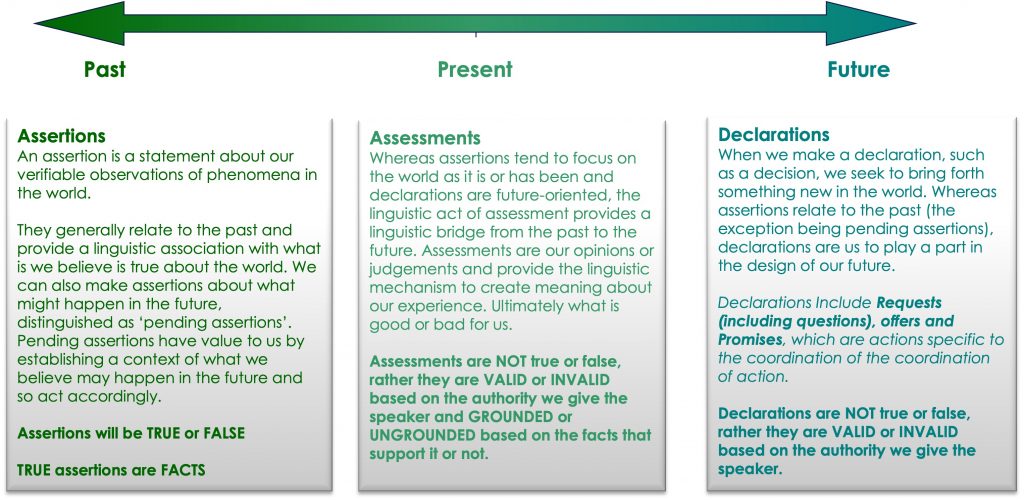
We have long lived with the concept of time. Whether it is the seasons, the motion of the sun, the moon or the stars, or the ticking of a clock, time is ever present for us. It is through our reference to time that we live our lives – when we start work, when we will meet each other, when we will have a holiday, when we must plant the crops or pay homage to a god or the gods. Time provides a critical, yet largely transparent, framework for human life.
Through our interpretation of an arrow of time, a past, present and future, we have been able to create very complex societies. Think for a moment of living without the concept of time – no yesterday, no tomorrow, just now. What a difference that would make. Rather than planning for the future, we would have to do everything in the present moment. We would have no distinct past on which to draw and therefore no way of attempting to predict the future. We would certainly not be able to create the intricate societies in which we live today.
The power of language allows us to bring time to life. Using language, we can talk about the past and speculate and commit to a future. Language enables us to bring past and future together in the present moment. The importance of this cannot be overstated. It is the common-sense concept of linear time defined by language that allows us to more effectively coordinate action with each other and as a result create social complexity. If we could not agree to do things together in the future, we would be bound to live in the moment and any cooperative action would be purely reactive.
So how do we use language to create our sense of time?
The basic premise for this approach requires that all human action takes place in a present moment. That present moment is a continually moving bridge between the past and the future. This requires language to create what we believe to be the past, how we want to engage with the future and the means of bridging between the two. This is where the fundamental linguistic acts – assertions, declarations and assessments – come into the picture. Assertions to say what we believe to be true about the past and define a concrete world as we see it today; declarations to imagine and define the future as we would like it to be; and assessments to act as a bridge between past and future by orienting ourselves to our current situation and possible futures.
The linguistic acts show up in the structure of the generic types of conversations we have to describe the world, speculate and make decisions about the future and to coordinate action with others. See ‘Effective Conversations’ to see how they fit into our conversational practice.
The Linguistic Acts

So, what are assertions, assessments and declarations?
Assertions provide a linguistic means of speaking about our empirical observations of the world as a collective and developing a shared understanding of what has been and what is. They provide a way within a community of defining what is true or not, creating a context for speaking about the future.
Declarations provide a linguistic means of shaping and carrying us into the future. Our declarations can be social arrangements such as a marriage, decisions about future directions or statements related to our needs. As cooperative action is central to the human condition in this approach, it is also valuable to define special types of declarations that relate to how we coordinate action with each other – these are requests, offers and promises.
We are constantly making sense or meaning to orient ourselves in the world and assessments are the linguistic acts for doing this. They provide a subjective bridge to connect the future with the past such that we form opinions and judgments of our past experience and what we believe to be true about the world and these guide us into the future.
Through these actions, we build the linguistically created temporal pattern of conversations within which we all live and with it the capacity to live beyond the moment.